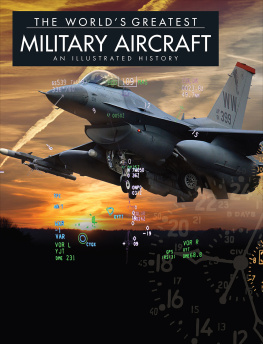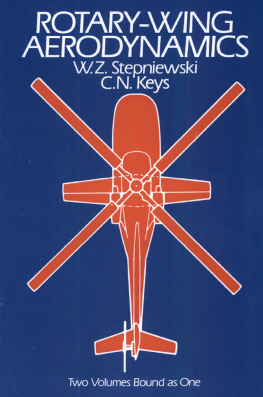Also by the Author (non-fiction)
Secrets of the Spitfire
Vickers VC10
Allard The Man and his Cars
Saab The Complete Story
Citroen The Complete Story
Saab 99 & 900
Heavies
Long Haul
First published in Great Britain in 2015 by
Pen & Sword Aviation
an imprint of
Pen & Sword Books Ltd
47 Church Street
Barnsley
South Yorkshire
S70 2AS
Copyright Lance Cole 2015
ISBN: 978 1 47382 344 0
EPUB ISBN: 978 1 47386 271 5
PRC ISBN: 978 1 47386 270 8
The right of Lance Cole to be identified as the Author of this Work has
been asserted by him in accordance with the Copyright, Designs and
Patents Act 1988.
A CIP catalogue record for this book is available from the British Library
All rights reserved. No part of this book may be reproduced or
transmitted in any form or by any means, electronic or mechanical
including photocopying, recording or by any information storage and
retrieval system, without permission from the Publisher in writing.
Typeset in Ehrhardt by
Mac Style Ltd, Bridlington, East Yorkshire
Printed and bound in the UK by CPI Group (UK) Ltd,
Croydon, CRO 4YY
Pen & Sword Books Ltd incorporates the imprints of Pen & Sword
Archaeology, Atlas, Aviation, Battleground, Discovery, Family History,
History, Maritime, Military, Naval, Politics, Railways, Select, Transport,
True Crime, and Fiction, Frontline Books, Leo Cooper, Praetorian Press,
Seaforth Publishing and Wharncliffe.
For a complete list of Pen & Sword titles please contact
PEN & SWORD BOOKS LIMITED
47 Church Street, Barnsley, South Yorkshire, S70 2AS, England
E-mail:
Website: www.pen-and-sword.co.uk
Dedication
For B.S. Shenstone and A.M. Lippisch men of future vision. And with thought to a man I once talked with, Air Marshal Sir Peter Horsley, and those sounds from another room.
With thanks to my grandfather Tom, and my father Francis, both for imbuing me with a love of flight.
Also for my uncle, the late Paul Minet, for encouraging a love of old and rare books. And to Anna the soulmate without whom I would never have flown again.
Contents
Acknowledgements
T his book is the product of more than twenty-five years of research and enthusiasm (maybe even obsession), with the all-wing or nurflgel, gliding and design. There are many people who have helped me, tutored me and guided me along the way. I would like to offer thanks to all of them, sadly some have passed on. The following people are owed my specific thanks and admiration:
H. Geissler, who taught me so much and showed me such kindness. Fly well old pelican.
T.R. Godden; H.C.N. Goodhart; B.P.H. Shenstone; B.S. Shenstone; C. Wills; B. Trubshaw.
All of them taught me something about aerodynamics, all-wing flight, or the German and British aviation industries.
I am indebted to the Flight archive and to the RAeS and the National Aerospace Library at Farnborough where many rare items were consulted. I have to thank numerous authors and figures, as reference sources, including: Derek Wood and his Project Cancelled; David Myhra for his defining work on the Horten brothers; Clarence G. Lasbys 1971 tome, Project Paperclip; Chris Wills at the Vintage Glider Club for tutelage and documents. Thanks also to friends at the Wasserkuppe, the British Gliding Association, the Vintage Glider Club (VGC) in the UK and the VGC in Australia, all brought new information to my attention. Acknowledgements also to Flightglobal, its archives and the help of friends on that esteemed publication. Special thanks to TWITT The Wing is the Thing (www.twitt.org) group a small band of all-wing devotees and aerospace members whose resources have been of support; also to D. Bullards nurflgel web resource.
Thanks to the Shenstone family for archive documents. Thanks also to John Kirk, hang-glider and inspirational bird man; also to Bavarian relatives and my thoughts to a man of the von Reitzenstein, for the clues from beyond the barrier.
Introduction
Some day the flying wing will emerge as the accepted form of a passenger airliner.
Flight 9 January 1947
T his book is not about unidentified flying objects (UFOs) and does not deal in delusions or fashionable conspiracies, yet neither does it support the establishment version of aerospace history one created by a narrative of victory and its own prejudice. This text is about the referenced German science and technology that are the foundations of a modern aerospace era and a future not yet delivered.
Inherent within the events of this story lies the secrets and the stolen science of Germany and its seized war-prize designs that were themselves subsequently part of a 1950s mass psy-ops UFO campaign to obscure their origins, their development testing, and the men who had originally invented them.
The UFO story is a paradox, for we are told by rational learned men that UFOs do not exist and believers in them are conspiracy theorists or liars yet this part of the UFO phenomenon itself was actually deliberately designed and delivered as a lie by those same learned men in order to shield the stolen German science they were developing. It is a supreme irony that amongst learned societies and academics, any mention of the UFO subject allows them to characterise the authors work as eccentric, lightweight, or based in conspiracy or delusion, yet the biggest paradox is that the UFO lie was delivered to cover up something else the work of those learned men on their seized science. The feint of creating a story about little green men in spaceships is a bizarre and long-lasting contradiction. The UFO story is, we are told, a falsehood about something that does not exist, but then we are also asked to believe a government created myth about the very science the UFO story was shaped to cover up in the first place. Confused? You were meant to be.
So the great UFO story was just part of various governments games that shielded stolen German and Nazi-funded future technology science that is now manifest in the air, in space, and even in our homes. Yet the reality is that the much of the UFO story post-1945 is a deliberate construction; designed as a ruse to confuse the perceptions of the masses from the truth of what secret science was up to. In terms of behavioural psychology, the UFO story contains internal inconsistencies which an able analyst could easily expose. It remains no accident that the great UFO era began soon after the Second World War amid the seizing of Germanys entire mother lode of science and technology a uniquely advanced global resource that was by common consent, years ahead of Allied know-how.
Indeed, the psy-ops programme to frame seized aviation science as so-called UFOs in post-1945 America, as the nation developed its new German technology, was, by the early 1950s, led by a man who had been a senior figure within Operation Paperclip itself the very mechanism by which German science was seized and transported back to the United States. So the double feint was an intriguing mechanism.
The man in question was Dr Howard Robertson, a Princeton physicist. Robertson was not the only Princeton academic and physicist involved, because another Princeton luminary was high up in the intelligence field and also leading a Canadian National Research Council team investigating aeronautical technology. His name was Allen G. Shenstone and he happened to be a decorated wartime intelligence officer and the uncle of Beverley Shenstone the Junkers, and Lippisch-trained aerodynamicist who had shaped the Supermarine Spitfires modified twin-axis ellipsoid wing design. By 1946, Beverley Shenstone also just happened to be in Toronto leading the Avro design function, shortly after leaving a senior post within the Canadian Government, that following a period working at the top US experimental research facility of Wright Field (Wright-Patterson AFB) the home of Americas seized secrets and the precursor to what begat Area 51. Also on the scene, via Vienna, Paris, London and Wright Field, was Beverley Shenstones old friend and mentor Alexander Lippisch Mr Delta the man who had brought the swept, delta-wing, all-wing planform to reality. But Lippisch was (like Shenstone) also an expert in aerofoil design, the boundary layer, Coanda-effects, disc-shaped wings, and vertical take-off and landing (VTOL) technology as well as hydrofoils and lifting body work.
Next page

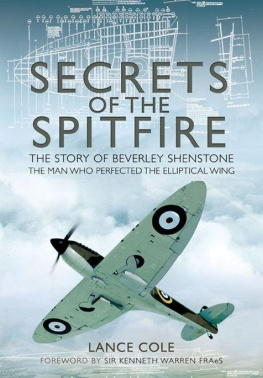
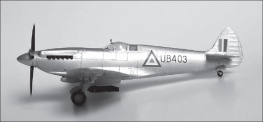

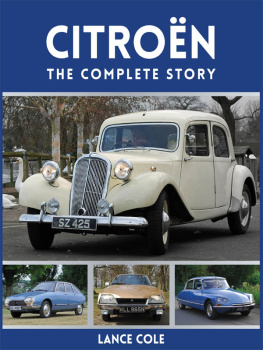
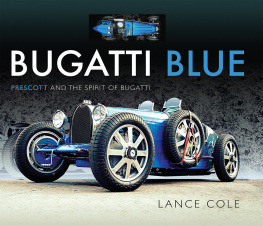


![Bar Wing Commander Guy P. Gibson VC DSO - Enemy Coast Ahead [Illustrated Edition]](/uploads/posts/book/180257/thumbs/bar-wing-commander-guy-p-gibson-vc-dso-enemy.jpg)

